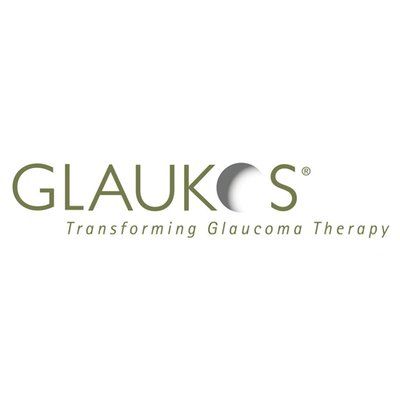GLAUKOS CORP.

🇺🇸United States
- Country
- 🇺🇸United States
- Ownership
- Public
- Established
- 1998-01-01
- Employees
- 907
- Market Cap
- $7.4B
- Website
- http://www.glaukos.com
Pipeline Analysis Reveals 20+ Therapies in Development for Open-Angle Glaucoma Treatment
• DelveInsight's latest report identifies 18+ companies developing 20+ therapeutic candidates for open-angle glaucoma, with several treatments advancing through late-stage clinical trials.
• Key players including Nicox, Qlaris Bio, and Glaukos Corporation are making significant progress with innovative treatments like NCX 470, QLS-111, and iDose TREX, demonstrating positive clinical outcomes.
• Novel drug delivery mechanisms, including sustained-release implants and encapsulated cell therapies, are emerging as promising approaches to address the challenges of treatment adherence and efficacy in glaucoma management.
FDA Approves Roche's Susvimo for Diabetic Macular Edema, Offering Fewer Injections
• The FDA has approved Roche's Susvimo (ranibizumab injection) for treating diabetic macular edema (DME), a leading cause of vision loss in adults with diabetes.
• Susvimo is the first FDA-approved treatment for DME that requires fewer injections than standard eye injections, helping to maintain vision for affected individuals.
• The approval was based on the Phase 3 Pagoda study, which demonstrated non-inferior vision improvements with Susvimo refilled every six months compared to monthly ranibizumab injections.
• Susvimo, a refillable eye implant, delivers a customized formulation of ranibizumab continuously, offering a convenient alternative to routine eye injections for DME patients.
Ocular Hypertension: Over 60 Companies Advance Clinical Trial Pipeline
• The ocular hypertension market is expanding due to increased prevalence of conditions affecting aqueous humor outflow, leading to elevated intraocular pressure (IOP).
• Advancements like sustained-release implants and micro-dosing technologies are enhancing patient compliance and improving outcomes in ocular hypertension treatment.
• Enhanced imaging techniques, such as optical coherence tomography (OCT), facilitate early diagnosis and intervention, contributing to the growth of the ocular hypertension market.
• Over 60 companies are actively developing more than 70 pipeline drugs for ocular hypertension, signaling robust innovation and future growth potential in the domain.
Glaukos' iDose TR Shows Sustained IOP Reduction in Glaucoma Patients
• Glaukos announced positive 36-month follow-up data from Phase 3 trials of iDose TR, demonstrating sustained intraocular pressure (IOP) reduction in glaucoma patients.
• Approximately 70% of patients treated with iDose TR remained well-controlled on the same or fewer IOP-lowering medications compared to 58% in the timolol control group.
• A Phase 4 study showed iDose TR, when implanted during cataract surgery, achieved a mean IOP reduction of 11.3 mmHg (44%) at six months post-operation.
• Glaukos has initiated Phase 2b/3 clinical trials for iDose TREX, a next-generation sustained-release platform with nearly double the drug capacity of iDose TR.
Glaukos' Epioxa NDA Accepted by FDA for Keratoconus Treatment
• Glaukos announced FDA acceptance of its New Drug Application (NDA) for Epioxa, a novel therapy for keratoconus.
• Epioxa is a next-generation, non-invasive corneal cross-linking therapy designed to strengthen corneal tissue.
• The FDA has set a PDUFA goal date of October 20, 2025, for the completion of its review of the Epioxa NDA.
• Phase 3 trials demonstrated that Epioxa achieved primary efficacy endpoints with favorable safety and tolerability.
Glaukos' Epioxa Shows Positive Phase 3 Results for Keratoconus Treatment
• Glaukos' Epioxa met its primary efficacy endpoint in a Phase 3 trial, showing a statistically significant improvement in maximum corneal curvature (Kmax) at 12 months compared to placebo.
• The company plans to submit a New Drug Application (NDA) to the FDA by the end of the year, based on this trial and a previous Phase 3 study.
• Epioxa is designed to strengthen corneal tissue using a minimally invasive procedure, offering a potential improvement over existing treatments by not requiring removal of the corneal epithelium.
• The treatment was well-tolerated, with no discontinuations due to treatment-emergent adverse events, supporting its potential as a safe and effective option for keratoconus.
© Copyright 2025. All Rights Reserved by MedPath
